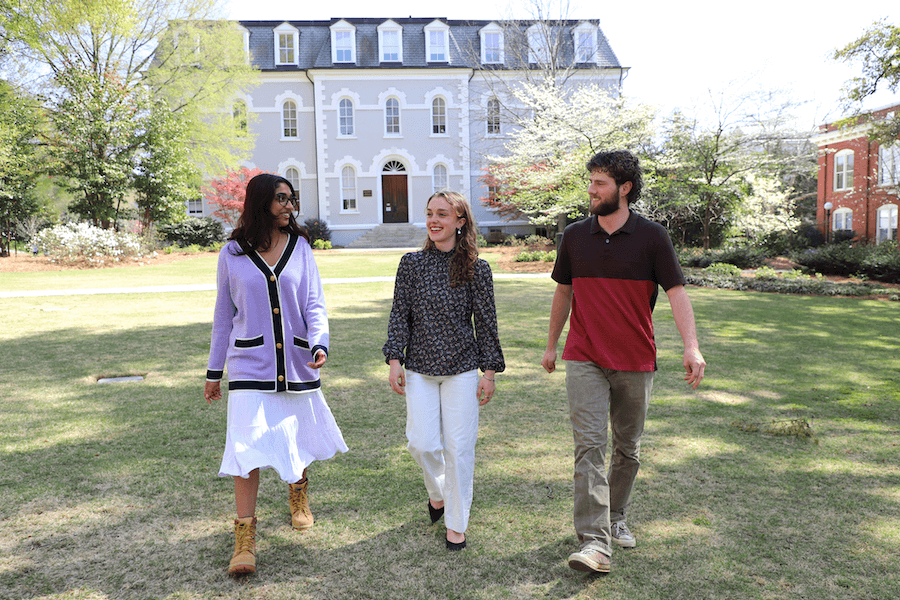A neighbor says the only thing to do in July and August is to
hunker down in the air-conditioning. He has a point. Now that the
end of summer is here, though, it’s time to get off the couch and
head for the garden.
Gardening right through the fall and winter has some real
advantages.
For one thing, the weather will be much cooler. Insects aren’t
nearly the problem they can be during the summer. This is
particularly true after a cold snap. And some vegetables even
taste better if grown in the cool of the year.
|
|
|
Broccoli and other cole crops grow well in fall
|
Many cool-season crops will do just fine, including onions,
carrots, cole crops (broccoli, cauliflower, collards, cabbage),
turnip greens and sweet peas, or garden peas. Others you can try
include radishes, rutabagas, leeks, garlic and artichokes.
Sweet Vidalia Onions
Georgia is famous for its sweet Vidalia onions. Why not try them
in your garden? You can grow Vidalia onions from transplants you
can buy at local stores throughout the fall, usually in bundles
of about 50 plants.
Plant them in November or December with an in-row spacing of 4 to
6 inches and a between-row spacing of 14 to 18 inches.
Onions are heavy feeders, so you’ll need a complete fertilizer
such as 10-10-10 that also contains sulfur. Apply about 1 pound
per 100 square feet before transplanting and apply again the end
of January.
At the end of February, apply 0.5 pound of calcium nitrate
(15-0-0). Your onions will be ready in April. Make sure the
burgers are ready, too.
Collards, Cabbage
Cole crops, particularly collards and cabbage, have been a
mainstay in the South. These can be started from seed or
transplants.
Direct seeding should be done in late summer or early fall.
Transplants can be set out a little later. Space plants 12 to 18
inches in the row, with rows 2 to 3 feet apart.
Several caterpillars can be troublesome on these crops, so keep
an eye on them. They’re particularly hard to control on broccoli
or cauliflower if they get into the developing flower.
Bt products are particularly good at controlling these problems.
Bt is a bacterium you can buy under many brand names. It makes
caterpillars sick and eventually kills them.
Long History in South
Collards have a long history in the South. They probably did as
much as any food to keep hunger at bay for many poor farmers.
Even today you’ll see collard plants 2 to 3 feet tall during the
winter in the backyard of rural homes.
The lower leaves are often snapped off as the plants grow,
leaving a tall, bare stem and a cluster of leaves on top. You
don’t have to harvest them this way. You can pull an entire plant
once it reaches 18 to 24 inches tall.
Turnips can be grown much like cole crops. The bonus is that the
tops and roots are both edible. Turnip greens are prepared much
like collards, with the roots diced and added to the pot. You’ll
have to act quickly to get a crop in, though, because they
require about 70 days to mature.
Garden Peas, Too
Garden peas probably won’t last through a hard freeze, but will
stand some light frost. Start them in September for peas in late
November. Plant 3 to 4 seeds per foot in rows 6 to 24 inches
apart.
Use the close spacing to form a bed of peas and the wider spacing
if they need to be trellised. Check when you buy your seeds to
see if they need trellising.
Edible-pod types are tasty. Often they will have “Sugar” in the
name, such as “Sugar Pod,” “Sugar Snap” or “SugarAnn.”




